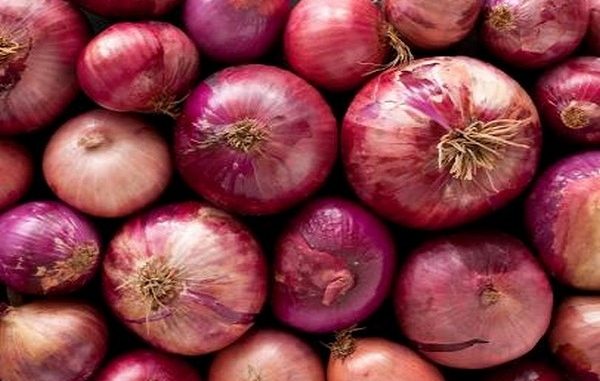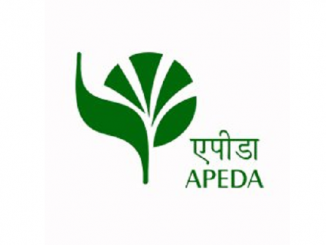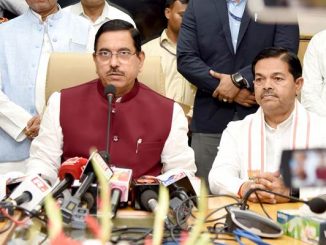
Mar 08: Centre has directed the National Agricultural Cooperative Marketing Federation of India Limited (NAFED) and National Consumers Cooperative Federation of India Limited (NCCF) to immediately intervene in the market for the purchase of Red Onion (Kharif) for simultaneous dispatch and sale to the consumption centres across the country, in the wake of reports of their falling prices.
The Ministry of Agriculture and Farmers Welfare said in a statement that NAFED immediately swung into action and started the procurement on 24th February 2023 and is reported to have purchased around 4000 MT at a rate above Rs.900/quintal from the farmers directly during the last ten days.
It has opened 40 procurement centres where farmers can sell their stock and get their payment online. NAFED has made arrangements for the movement of the stock from purchase centres to Delhi, Kolkata, Guwahati, Bhubaneshwar, Bangalore, Chennai, Hyderabad and Kochi.
The estimated production of Onion during 2022-23 is around 318 LMT, surpassing last year’s production of 316.98 LMT. Prices remained stable due to consistency in demand and supplies as well as export potential. However, the month of February saw a decline in prices of Red Onion, particularly in the State of Maharashtra where the modal rate dropped to Rs.500 -700/QTL. The experts attribute this fall due to overall increased production in other States, reducing the dependence on the supplies from the major producing District of the country i.e. Nashik.
Onion is sown in all the States, however, Maharashtra is the leading producer with a share of around 43%, Madhya Pradesh 16%, and Karnataka & Gujarat contribute around 9% of national production. It is harvested thrice a year, with cropping seasons reported during Kharif, Late Kharif and Rabi.
The harvest of Rabi is most important as it contributes nearly 72 -75% of national production and is harvested from March to May months. The shelf life of the Rabi harvest is highest and store-worthy whereas the Kharif and Late Kharif crop is for direct consumption and not store-worthy. The timing of the harvest of onion across the country provides a regular supply of fresh / stored onion all over the year. But sometimes due to vagaries of weather, either the stored onion is spoilt or the sown area gets damaged leading to supply constraints and rises in the domestic prices.
To address such challenges, the Government of India has set up the Price Stabilization Fund for the procurement and storage of onion as a buffer to keep the supply chain smooth during the lean seasons.
Last year, NAFED purchased 2.51 LMT of Rabi onion for buffer stocking under the direction of the Department of Consumer Affairs. The timely and calibrated release ensured that the prices do not pick up abnormally. The stored onion was released all over the country, ensuring smooth supplies. This year also, the Department of Consumer Affairs has decided to keep 2.5 LMT as buffer stock.
The storage of onion is challenging as a majority of the stock is stored in the open ventilated structures (Chawl) in the open fields and this storage has its own challenges. Therefore, there is a need for scientific cold chain storage which is under trial for the longer shelf life of onions. The success of such models will help in avoiding such kind of price jerks as witnessed recently. The market watchers also suggest consistency in export policy, as the same will ensure a better export market for the Indian onion.
It is learnt that the Department of Agriculture & Farmers’ Welfare are in constant touch with the State Governments and is keeping a close watch on the market so that additional interventions if required are made for the benefit of farmers.
Disclaimer: We donot claim that the images used as part of the news published are always owned by us. From time to time, we use images sourced as part of news or any related images or representations. Kindly take a look at our image usage policy on how we select the image that are used as part of the news.

